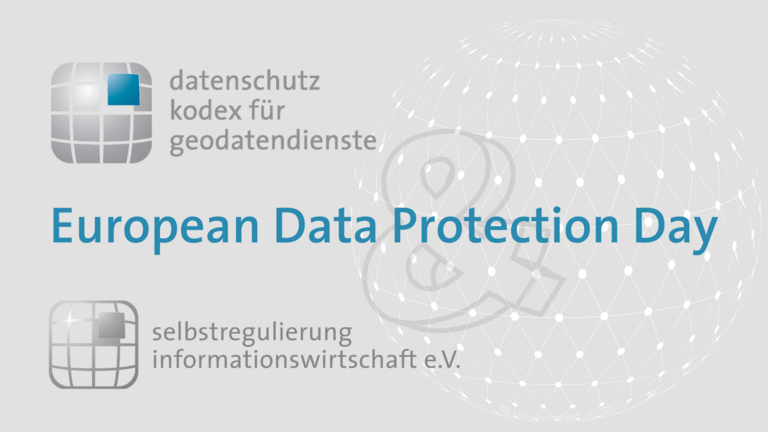This imagery can enhance existing data by providing detailed information which usage can be beneficial for an inclusive society. Whether pinpointing curb ramps, wheelchair-accessible entrances to buildings, assessing ground conditions for specific modes of transportation, or identifying obstacles –the possibilities are vast.
Furthermore, municipalities and civic entities stand to benefit from cost-efficient analysis of multiple conditions and information, all derived from a single data capture. This ranges from evaluating the state of green spaces, streets, and buildings to assessing accessibility to critical facilities such as hydrants and emergency lanes. Moreover, general surveying, planning activities, and water drainage simulations find new dimensions with this visual data.
While acknowledging the potential of georeferencing, it's crucial to navigate the various interpretations of data protection laws. The Geodata Code of Conduct (dt.: Geodatenkodex), as a result of those considerations, aims at providing clarity and promoting legal certainty for service providers and users. The code takes into account the diverse interests of both data subjects and service providers, establishing a balanced system of rights and obligations, backed by necessary technical and organizational measures.
As we celebrate European Data Protection Day, let's champion the responsible use of georeferenced imagery, fostering innovation while safeguarding individual privacy.
